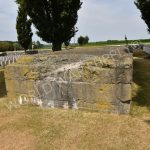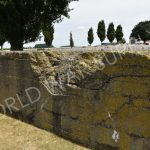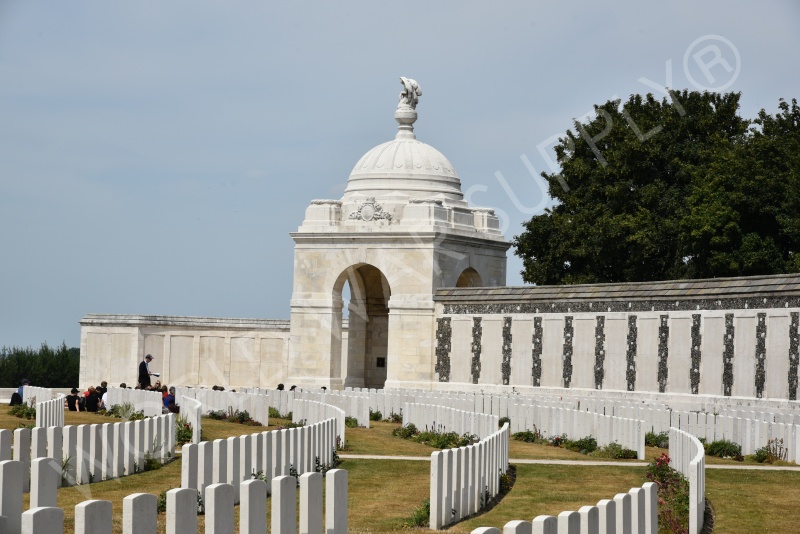
17 May Ypres & Tyne Cot Cemetery
History
ZONNEBEKE, BELGIUM – Tyne Cot Cemetery is the largest commonwealth cemetery in the world. It contains the remains of over 11,000 soldiers who gave their life over the course of the first World War. In the cemetery, there lie over 8,000 unidentified plots. Some who were known or presumed to have died with the unidentified soldiers have memorials to honor their sacrifice by name on the surrounding wall of the cemetery. Tyne Cot also peculiarly houses the remains of four German soldiers, three of whom are unidentified.
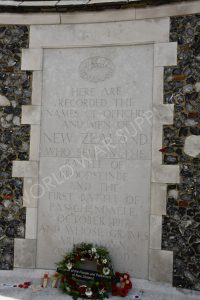
Ypres has seen some of the most brutal battles of World War One. In the First Battle of Ypres (1914), the British succeeded in capturing the city while at the same time forcing the German forces to Passchendaele. The Second Battle of Ypres (1915) saw the first use of chemical weapons by the Germans which allowed them to recapture the city and force the Allied powers to retreat. After two years passed, in the Third Battle of Ypres (1917), the Allied forces offensively attacked the Germans in an attempt to distract their efforts on a frail French front further South. The fighting eventually came to a close in 1918 by a combined effort from the Allied forces.
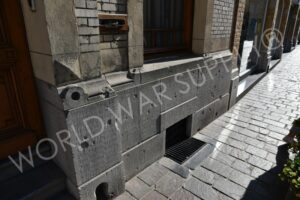
In 1922 after the war, upon the request of King George V, the Great Cross was placed in the center of the cemetery. This focal point of the memorial is atop the original pillbox or blockhouse that was considered a strong-point for the for Germans and eventually recaptured in 1917 by Allied forces. After the completion of another famous commonwealth memorial, Menin Gate, it was realized that not all the names of those who died in battle could fit onto just one memorial. Therefore, a new solution was purposed, and the wall surrounding the cemetery itself honors another 35,000 British and New Zealander troops who died in World War One and have no plot at all.

The cemetery received its name in honor of the Tyne Cot or Tyne Cottage that was located on the road from Passchendaele to Broodseinde and surrounded by German pillboxes. It was named by the Northumberland Fusiliers and eventually came to be recognized as the name of the largest commonwealth cemetery in the world.
Being there first hand, one can see a symmetrical pattern of graves stemming out from the center, and the plots seem to cascade forever. The structure in the middle with the Great Cross atop, is the main pillbox, and the cemetery is enclosed by a pillared wall that has engraved the names of Allied soldiers who lost their lives in the fight. The cemetery itself is a beautiful sight for the community to honor. As the plots go on, one after the next, it gives the visitors an eerie sense of the war no one was expecting, World War One.

Tyne Cot Cemetery offers a beautiful memorial for visitors to enjoy and learn about the history of Ypres. It honors the young men and women who died protecting their homes and their way of life. Their memory lasts forever while their souls rest at Tyne Cot.
Source:
https://www.cwgc.org/find/find-cemeteries-and-memorials/53300/tyne-cot-cemetery/history
Location & Hours
Address: Vijfwegestraat, 8980 Zonnebeke, Belgium
Hours: Daily 8am-6pm
Written By: T.C. Peters
See The Tyne Cot Cemetery Gallery Below:















